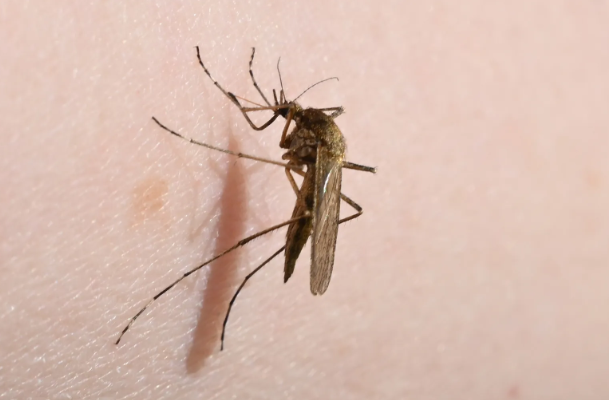Fatal Triple E Virus Case Linked to Mosquito Bite
In recent news, the alarming case of a fatal Eastern Equine Encephalitis (EEE) virus infection linked to a mosquito bite has captured widespread attention. This unfortunate incident has raised numerous concerns about public health, preventative measures, and increased awareness about this severe and often deadly illness. Here, we delve deep into understanding EEE, its transmission, symptoms, preventative steps, and the broader implications for communities.
Understanding Eastern Equine Encephalitis (EEE)
Eastern Equine Encephalitis, often known as Triple E, is an unusual but highly serious disease caused by a virus spread primarily through mosquito bites. The virus has a harrowing reputation due to its high mortality rate in humans, often between 30% to 70% of those affected.
What Causes EEE?
EEE is caused by a viral pathogen that primarily infects birds, yet mosquitoes serve as vectors, transmitting the virus to humans and horses when they bite. The virus is found predominantly in swampy and marshy areas, where specific mosquito species thrive. These areas become high-risk zones during mosquito season, generally from late spring to early fall.
Symptoms and Diagnosis
Once a person is bitten by an infected mosquito, symptoms can manifest within 4 to 10 days. The symptoms are categorized into systemic and encephalitic forms:
- Systemic symptoms, which include sudden onset of chills, fever, malaise, arthralgia, and myalgia.
- Encephalitic symptoms, which involve fever, headache, irritability, restlessness, drowsiness, anorexia, vomiting, diarrhea, cyanosis, convulsions, and even coma.
Due to the severity of encephalitic symptoms, diagnosing EEE can sometimes require cerebrospinal fluid analysis and other laboratory tests to confirm the presence of the virus. The swift progression from initial symptoms to severe neurological impairment is a harsh testament to the virus’s potency.
Mitigation and Preventative Strategies
Recognizing High-Risk Zones
It is vital for health authorities and the public to recognize potential high-risk areas for EEE. Wetlands, swamps, and other types of marshlands are breeding grounds for mosquitoes that could carry the EEE virus. Frequent monitoring and mosquito control efforts in these areas are pivotal.
Personal Protective Measures
Efficient prevention strategies are centered around minimizing mosquito exposure. Some effective measures include:
Wearing long-sleeved shirts and long pants, especially during peak mosquito activity at dawn and dusk.
Applying mosquito repellent that contains DEET, picaridin, or oil of lemon eucalyptus.
Using screens on windows and doors or utilizing air conditioning to keep mosquitoes out of living spaces.
Eliminating standing water around properties to reduce mosquito breeding sites.
Community and Public Health Initiatives
Community cooperation and public health policies are fundamental to controlling mosquito populations and preventing outbreaks. Initiatives such as public awareness campaigns, routine mosquito surveillance, and potential aerial spraying campaigns in extreme cases can significantly reduce the spread of EEE.
The Broader Implications of EEE
Impact on Public Health Infrastructure
A fatal case of EEE, particularly one receiving significant media attention, serves as a stark reminder of the need for robust public health frameworks. Enhancing communicable disease readiness, boosting research on mosquito-borne illnesses, and investing in vaccine development are pivotal long-term goals.
The Role of Climate Change
Experts debate that climate change may influence the spread and intensity of mosquito-borne diseases, including EEE. Warmer temperatures could lead to longer mosquito breeding seasons and expanded habitats. Thus, addressing climate change is not only an environmental obligation but also a crucial health concern.
Policy and Research Needs
The fatal Triple E case underscores the urgent need for continued research into effective vaccines and specific treatments. As of now, supportive care remains the primary treatment for EEE patients. Policymakers must prioritize funding and resources for scientific research to mitigate future risks.
Raising Awareness and Vigilance
Increasing awareness about EEE, its transmission routes, and prevention can play a crucial role in mitigating its impact. Communities, aided by local health departments, can educate residents on how to protect themselves and their families from mosquito bites, as well as recognize early symptoms of mosquito-borne illnesses.
Through coordinated efforts between public health agencies, communities, researchers, and policymakers, the spread of EEE and similar diseases can be significantly curtailed. The unfortunate case of a fatal EEE virus linked to a mosquito bite is a clarion call for diligence, innovation, and proactive measures in disease prevention and response. Let us strive to translate this moment of crisis into enduring public health improvement.









